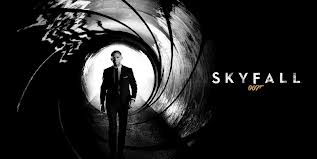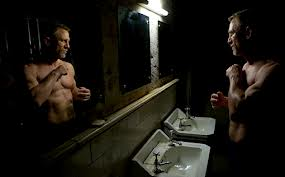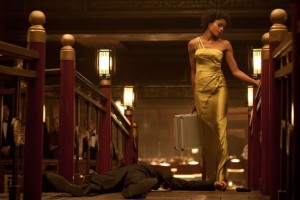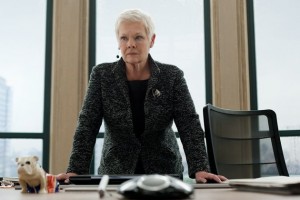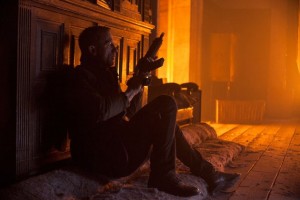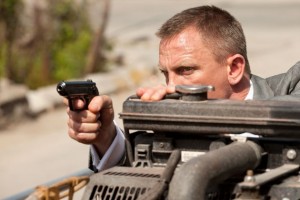BOND TO THE PAST
And as the fog rolls in across the Scottish moors, the old woman turns to the young friend she had recently ordered to his death. He grew up an orphan, now wrinkled. She asks how his parents died. There is a moment of hesitation, then a slant in his voice. “You know the story.” She turns and replies. “Orphans make the best recruits.”
This is the vibe between M and James Bond in the spectacular Skyfall. It releases the secret of how this Bond film became a better Bond film. What’s different here? A quantum of depth, thought, and emotion, possibly even solace. At its core, this relationship is like the one in Paul Thomas Anderson’s The Master – one of genuine affection that finds expression in manipulation. In both cases, that’s a complicated thing to get on film. In both cases, it does so superbly. In Skyfall’s case, with more guns and explosions.
In this 50th anniversary edition of the globetrotting British spy, Skyfall appropriately crosses several kinds of terrain. It crosses an emotional landscape unrivaled by the year’s other blockbusters. It crosses the land itself, from familiar (London) to exotic (Macau) to surreal (the abandoned island where arch villain Silva plots cyber-mayhem among crumbled statues). Lastly, it crosses cinematic history. This is done both in terms of the Bond tradition (even the DB5 from Goldfinger stretches the legs for the first time since the sixties). It also pays tribute to wider cinema, with a train chase/scuffle that is half Lee Marvin and half Buster Keaton, or a Western ending in the Scottish “desert” that might as well be Shane.
Westerns are films of solitary dread, of men left to their fate. In a sense they are the opposite of Bond. The occasionally beloved 007 has fashioned an aura of confidence and invulnerability based on gunplay and foreplay. It’s this tradition that Skyfall departs from Craig’s Bond is challenged by fears of death from his expendability and fears of obsolescence in a world of technological spycraft. For every person who has lost his job to a tin can that could do it faster and better, Skyfall is your Bond film.
The film smartly forms a triangle from these themes. Pestered by government functionary Gareth Mallory who wants a younger faster spy agency, Bond and M fight to define their places in a world that might have passed them by. Javier Bardem’s Silva – a former MI6 agent on a mission of revenge for a bad dental procedure from the past – is almost Bond’s brother. However, he has adapted to modernity through the only ways we know – technology and insanity. Fully wired in his island lair, Silva is a rat gnawing the ruins, able to manufacture attacks across the globe with a single button.
Bond films swing with the times. Daniel Craig came to office promising something different, following the trend toward deeper, back-to-basics action films with greater cinematic expertise and vision. While Craig’s debut, 2006’s Casino Royale, was generally fresh and successful, it didn’t quite want to cut the cord to the formula. Skyfall director Sam Mendes escorts the scissors to the set, creating an artier Bond. The action of is not only exciting, but striking visually. The prime example is a two-man struggle in a neon-lit Shanghai high-rise, aided enormously by the work of the great cinematographer Roger Deakins.
Is it wrong to say that a film with a noted director, the world’s greatest cinematographer, and a cast rivaling The Godfather is one of the best films of the year? We say no. It’s so right.
photos by Columbia Pictures
Skyfall
EON Productions, MGM, Danjaq, Columbia Pictures
rated PG-13
in wide release November 9, 2012
